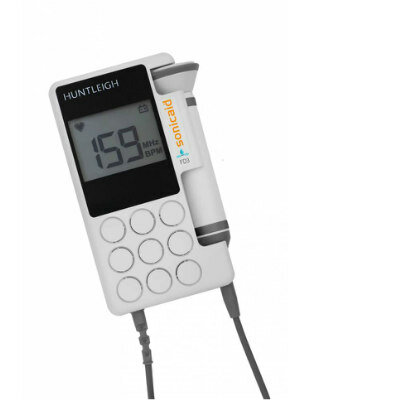New MR Technology Sees Inside Solids
By MedImaging International staff writers
Posted on 04 Apr 2012
Scientists have developed a new method of visualizing the insides of solid objects. The technique, an innovative type of magnetic resonance imaging (MRI) technology, creates three-dimensional (3D) images of hard and soft solids based on signals emitted by their phosphorus content. Posted on 04 Apr 2012
Researchers from Yale University (New Haven, CT, USA) have developed the method, which includes imaging of animal bones and tissues, potentially opening a wide range of dense materials to a new type of comprehensive internal inspection.

Image: Yale University researchers have developed a new way of seeing inside solid objects. The technique, a novel kind of magnetic resonance imaging (MRI), creates three-dimensional images of hard and soft solids based on signals emitted by their phosphorus content. The image here shows the interior spongy bone of a rabbit femoral head, or the "ball" of the rabbit's hipbone (Photo courtesy of Yale University).
“We are extending the reach of MRI technology,” said Dr. Sean Barrett, a professor of physics and applied physics at Yale and the principal investigator of research published the week of March 19, 2012, in the journal Proceedings of the National Academy of Sciences of the United States of America (PNAS). Merideth A. Frey, a doctoral student in physics at Yale, is the paper’s lead author.
Conventional MRI produces an image by manipulating an object’s hydrogen atoms with powerful magnets and bursts of radio waves. The atoms absorb, then emit the radio wave energy, revealing their exact location. A computer converts the radio wave signals into images. Conventional MRI is an effective tool for examining water-rich compounds, such as anatomic organs, because they contain a lot of hydrogen. However, it is difficult to use on relatively water-poor solids, such as bone.
The Yale team’s method targets phosphorus atoms rather than hydrogen atoms, and applies a more complicated sequence of radio wave pulses. These extra pulses are the key innovation that allow for high-spatial-resolution imaging of elements like phosphorus, which is a relatively abundant element in many biologic samples.
Up to now, the new MRI technology, which the researchers describe as quadratic echo MRI of solids, can only be applied to nonliving objects. It creates too much heat, among other problems, according to Dr. Barrett. The new Yale technology could also be applied, for example, to archaeological artifacts and oil- or gas-bearing rocks.
In the research, the Yale investigators generated high-resolution 3D MRIs of phosphorus in a variety of ex vivo animal bone and soft tissue samples, including mouse liver, and cow bone, heart, and brains.
The researchers reported that this new type of MRI would complement traditional MRI, not replace it. MRI of solids should also be possible with elements other than phosphorus, the researchers noted. Dr. Barrett’s research started about 10 years ago with a different goal--the study of silicon powders, part of a wider effort to advance quantum computing. “This shows how basic research in one area can have an unexpected impact on very different areas of science,” he said.
“This study represents a critical advance because it describes a way to ‘see’ phosphorus in bone with sufficient resolution to compliment what we can determine about bone structure using X-rays,” said Karl L. Insogna, a professor at Yale School of Medicine and director of the Yale Bone Center and another author of the study. “It opens up an entirely new approach to assessing bone quality.”
Related Links:
Yale University














